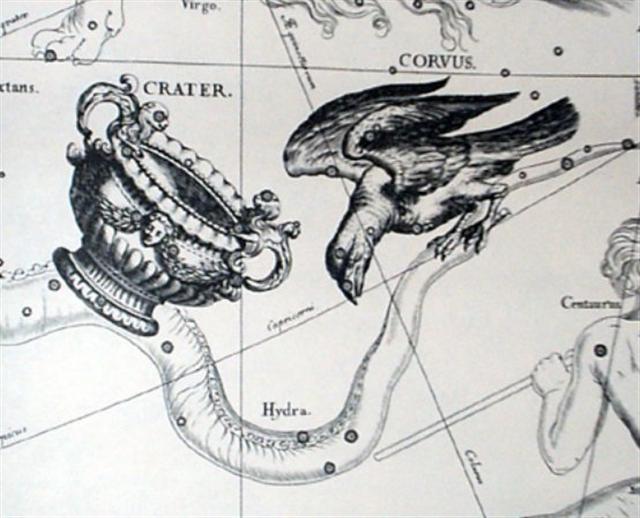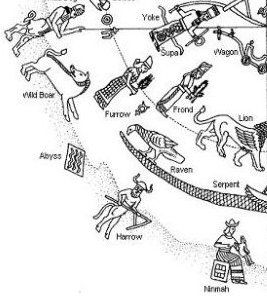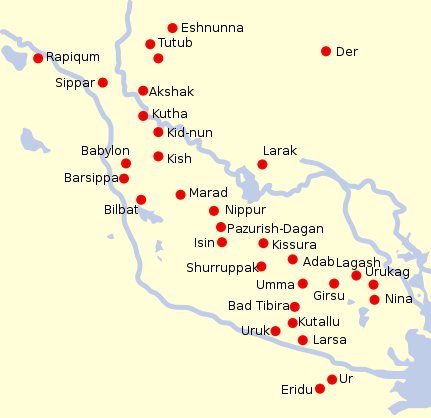We should now compare with how the G text describes the March equinox. Below I have assumed we can move backwards in time from Gb8-30 at May 23 (day 143 in an ordinary year), move back step by step with each glyph corresponding to a day. In principle we maybe should - somewhere in the text - count 2 glyphs per day for a stretch of (472 - 236) = 236 days, because 236 + 236 / 2 = 354 = 12 * 29½. Rogo in Gb6-26 is glyph 409 if counted forward from Gb8-30. Counted in the opposite direction, backwards from May 23 (143) to March 21 (80), the measure is 63 days, i.e. 472 - 409 = 63:
Rogo in Gb6-26 could illustrate the situation when no longer the Sun is 'inside', because Rogo in Gb1-3 has no head but a perfect circle 'inside'.
This perfect circle could refer to the Sun when about to be born, like all newborn babies without any scratches or other imperfections - such accumulate later. The sinking old Sun looks different:
At right in Gb6-27 there is a peculiar collage which could be meant to describe a situation similar to when the Sun emerged from henua (earth). South of the equator late March was not such a time. In the Maori creation myth retold by Makemson there was a pair of Rogo persons sent aloft by Tane to lay out ara matua with its 12 divisions, to create order for the moving planets: ... Provision had to be made for the Sun, Moon, and planets to travel about on their ancestor, so Rongo-from-the-side-of-heaven and Rongo-of-the-great-side were sent aloft by Tane to lay out the ara matua, 'parent path', and its twelve divisions, in order that all the heavenly bodies might travel decorously without colliding with one another. Castor rose with the Sun in July 12 (193) and Alchita (α Corvi) at the beak of the Raven rose heliacally in September 20 (263):
In the Babylonian zodiac we can see how Raven is looking down longingly for the sweet water (Abzu) far down which had sunken beneath the earth. This is the opposite time of when the Earth was rising up from the Waters.
... There was no water in the village. The lakes and rivers were dry. Raven and Crow, two young girls who were having their first menstrual courses, were told to go and draw water from the ocean. Finding the journey too long, Raven decided just to urinate into her basket-bucket. She decieved no one and was severly scolded. Crow returned much later but with drinking water. As a punishment, Raven was condemned never to find water in the summer; only in winter would she find something to drink. For that reason the Raven never drinks during the hot months; she speaks with a raucous voice because of her dry throat ... ... the bird, being sent with a cup for water, loitered at a fig-tree till the fruit became ripe, and then returned to the god with a water-snake in his claws and a lie in his mouth, alleging the snake to have been the cause of the delay. In punishment he was forever fixed in the sky with the Cup and the Snake; and, we may infer, doomed to everlasting thirst by the guardianship of the Hydra over the Cup and its contents. From all this came other poetical names for our Corvus - Avis Ficarius, the Fig Bird; and Emansor, one who stays beyond his time; and a belief, in early folk-lore, that this alone among birds did not carry water to its young ... ... According to the Sumerian kinglist Eridu was the first city in the world. The opening line reads, '[nam]-lugal an-ta èd-dè-a-ba [eri]duki nam-lugal-la' 'When kingship from heaven was lowered, the kingship was in Eridu.' In Sumerian mythology, it was said to be one of the five cities built before the Deluge occurred. ... Because of accumulation of silt at the shoreline over the millennia, the remains of Eridu are now some distance from the gulf at Abu Shahrain in Iraq.
In Sumerian mythology, Eridu was originally the home of Enki, who was considered to have founded the city, later known by the Akkadians as Ea. His temple was called E-Abzu, as Enki was believed to live in Abzu ('Deep Ocean'), an aquifer from which all life was believed to stem. But the distance from Castor to Alchita is only 263 - 193 = 70 days, which cannot be divided by 12. Possibly there were only 10 divisions of the parent path (ara matua) - together stretching for 365 - 70 = 295 (= 5 * 59) nights. 5 * 14 + 5 * 59 = 5 * 73 = 365. Castor was close to the Full Moon in July 12, a date I have described as the odd 'leap-day':
| ||||||||||||||||||||||||||||||||||||||||||||||||||||||||||||||||||||||||||||||||||||||||||||||||||||||||||||||||||||||||














